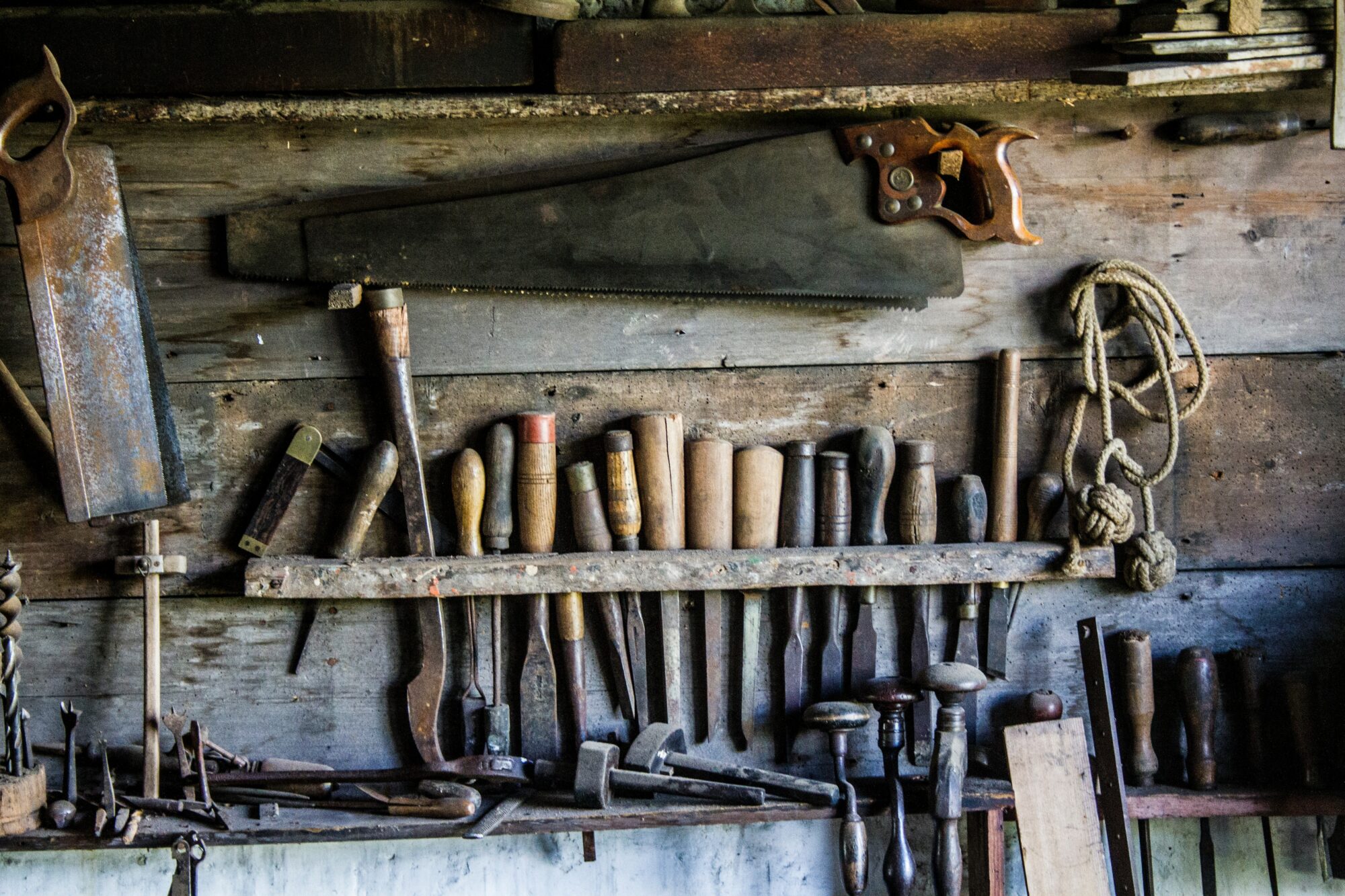Glossary
These flagpole glossary terms (many of them with old nautical connections) may help you, and it can be fun to use some of them when you are talking about your flagpole.
Bent
Nautical term used to describe the action of having tied a ‘halyard’ onto a flag.
Chamfer
Is formed when the corners of the square butt of the flagpole are bevelled to provide an octagonal transition between the square and circular cross sections.
Cleat
A metal fitting provided with two arms so that the ‘halyard’ can be made fast by taking two or three turns under and over the arms.
Douglas Fir
A light reddish brown softwood that has high stiffness and crushing strength, and high bending strength. These are ideal properties for a flagpole and ‘lamination’ enhances these properties.
Eye
A loop formed in the end of a ‘halyard’.
Finial
A decorative piece at the top of a flagpole often turned into an ‘ogee’ shape.
Fly
The horizontal length of a rectangular flag in use, see ‘hoist’.
Halyard
A braided flexible ‘rope’ that is ‘bent’ to a flag and used to ‘hoist’ it. The old version of this word is ‘haulyard’ which indicates its original nautical use on board ship.
Hoist
The vertical height of a rectangular flag that is next to the Flagpole, see ‘fly’.
Hoist
The action of raising a flag.
Lamination
A woodworking technique where layers of timber are glued up into a solid block. The benefits are that we have absolute control over the quality of the final product because we can select flawless boards to make the final product. This allows us to achieve the strength and flexibility that is necessary for a reliable flagpole.
Ogee
A solid that is defined by double ‘s’ shaped curves like the top of a minaret.
Rove
When the end of a ‘halyard’ is passed through anything it is said to be ‘rove’ through it.
Sheave
A small pulley wheel that is fitted in the ‘truckhead’ sometimes referred to as a ‘truck’.
Toggle
A wooden pin in the form of an elongated barrel that is attached to a flag. It is passed through a loop or ‘eye’ in the halyard to connect them together.
Tabernacle
Is a fabricated mild steel structure that supports a flagpole vertically. The lower part is sunk below ground level. Two ‘ears’ project above ground so that the flagpole can be supported vertically, it is gripped between them by means of two bolts. When the lower bolt is removed it is a simple matter to lower and raise the flagpole for routine maintenance.
Truck
See ‘Sheave’ above.
Truckhead
A circular wooden cap fitted to the top of the flagpole which can be fitted with one or occasionally two ‘sheaves’ or ‘trucks’ through which the halyard is ‘roved’

